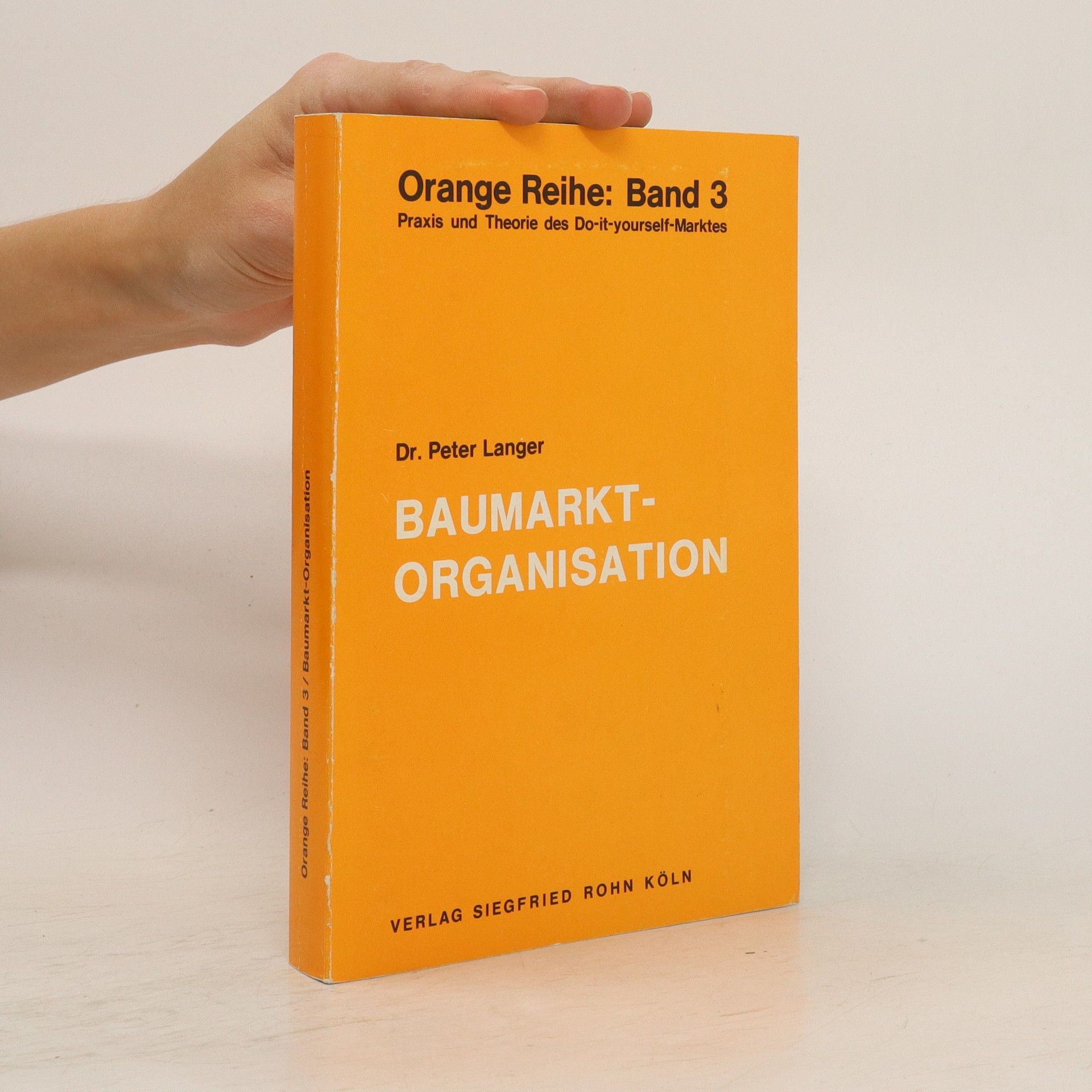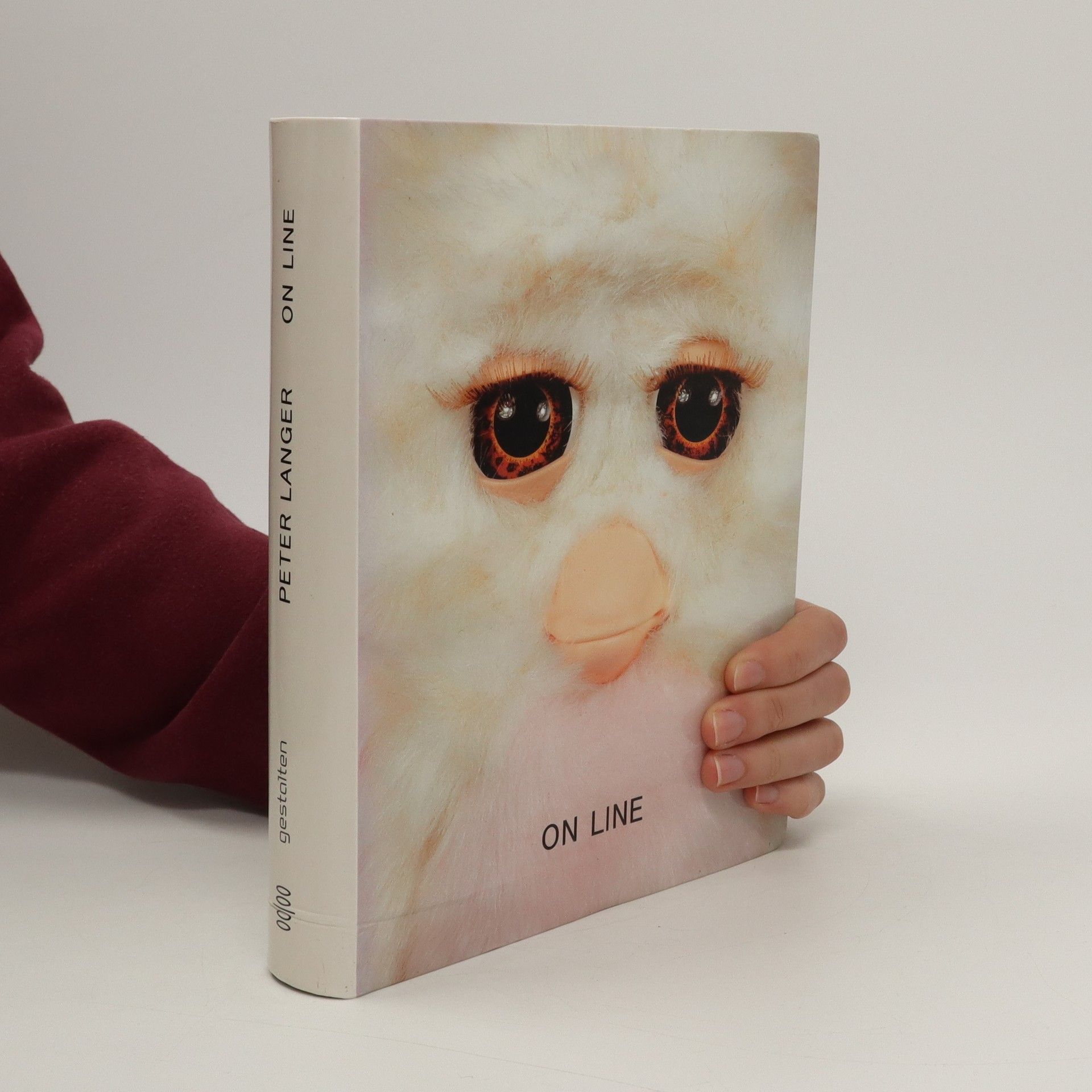On line
- 768 pages
- 27 hours of reading
Seit mehr als zehn Jahren kreiert der Berliner Fotograf Peter Langer Aufnahmen, die im Koordinatensystem von persönlicher Öffentlichkeit, ironischer Inszenierung und dokumentarischer Genauigkeit entstehen. Inspiriert von dem Phänomen Zeit, zeigen Peter Langers Bilder auf, wie flüchtige Momente über das Medium Fotografie bleibende Eindrücke generieren. Peter Langer ist Gewinner des Lead Awards 2009 (Gold für „Architektur und Still Life Fotografie“) und kreiert regelmässig Arbeiten und Serien für das Zeit Magazin. Seine Fotografien finden Eingang in Editorial Designs renommierter Verlage und Tageszeitungen in den Bereichen Mode, Architektur und Lifestyle und werden als Plakatserien und Elemente visueller Identitäten und Werbekampagnen internationaler Brands genutzt. Das vorliegende Buch stellt die 366 Bilder umfassende visuelle Dokumentation eines gesamten Jahres (2008) dar. Angeregt von den ersten Textblogs, die um 1999 im Netz auftauchten, hat Peter Langer die „Idee des Machens, motiviert von der einfachen Möglichkeit es zu tun“ aufgegriffen und „ab diesem Tag immer eine kleine Kompaktkamera in seiner Hosen- oder Jackentasche.“ bereit gehalten, um sowohl undramatische Sequenzen des öffentlichen Alltags einzufangen, als auch Einzelmotive zu Serien weiter zu entwickeln.


